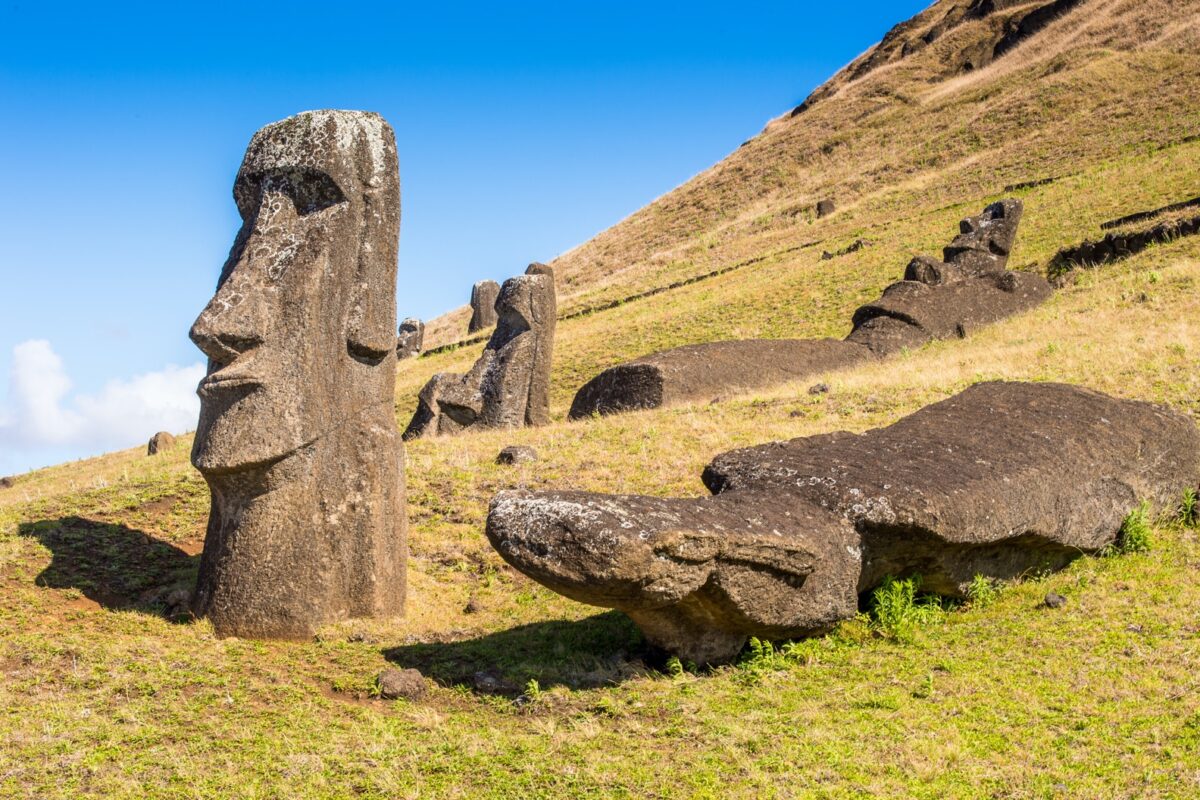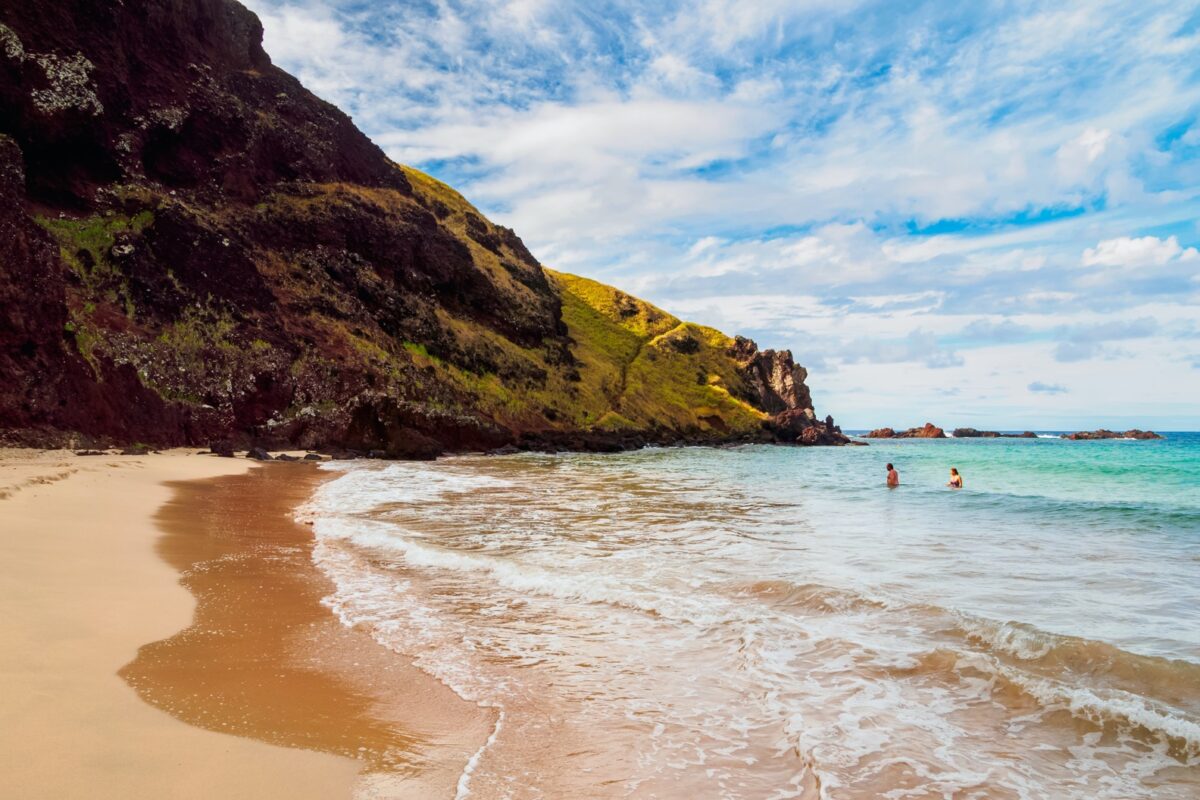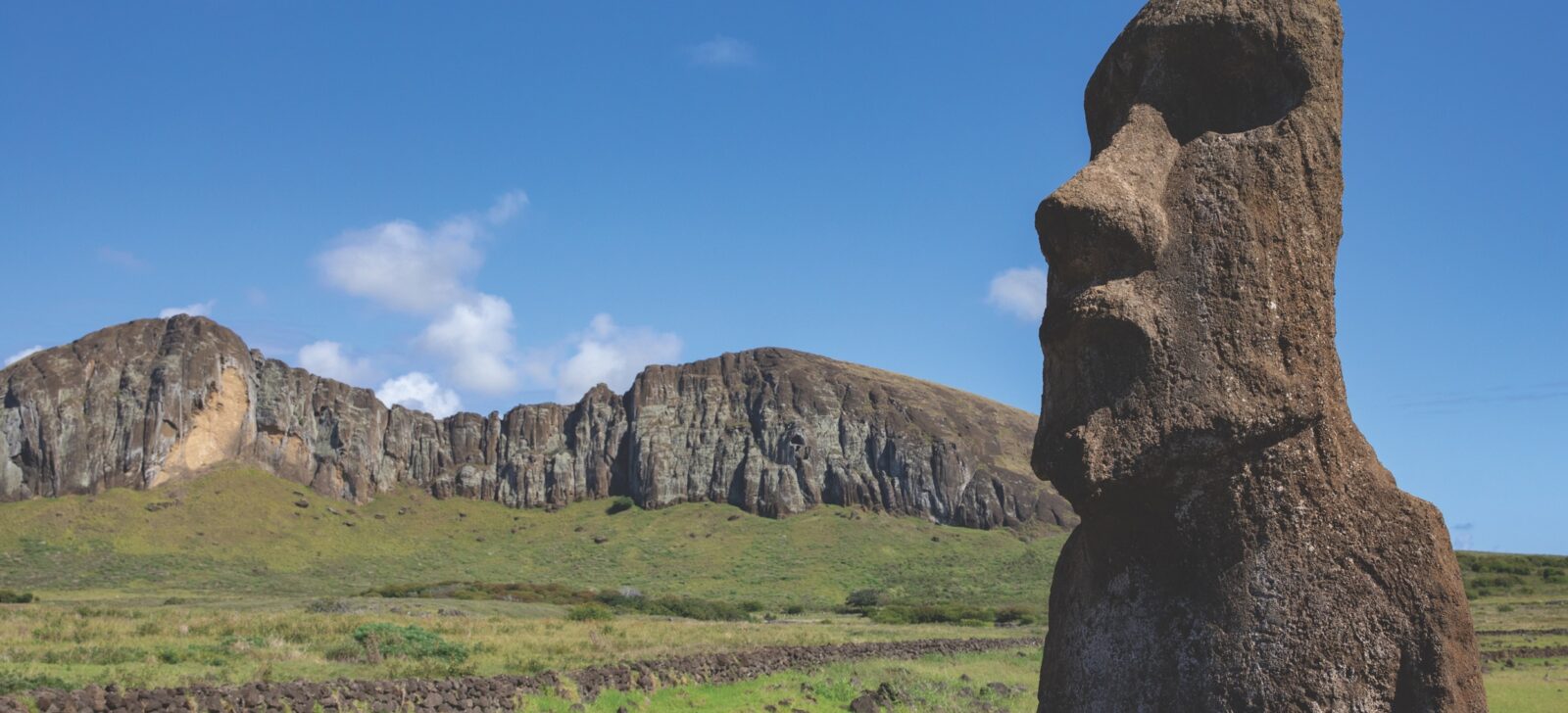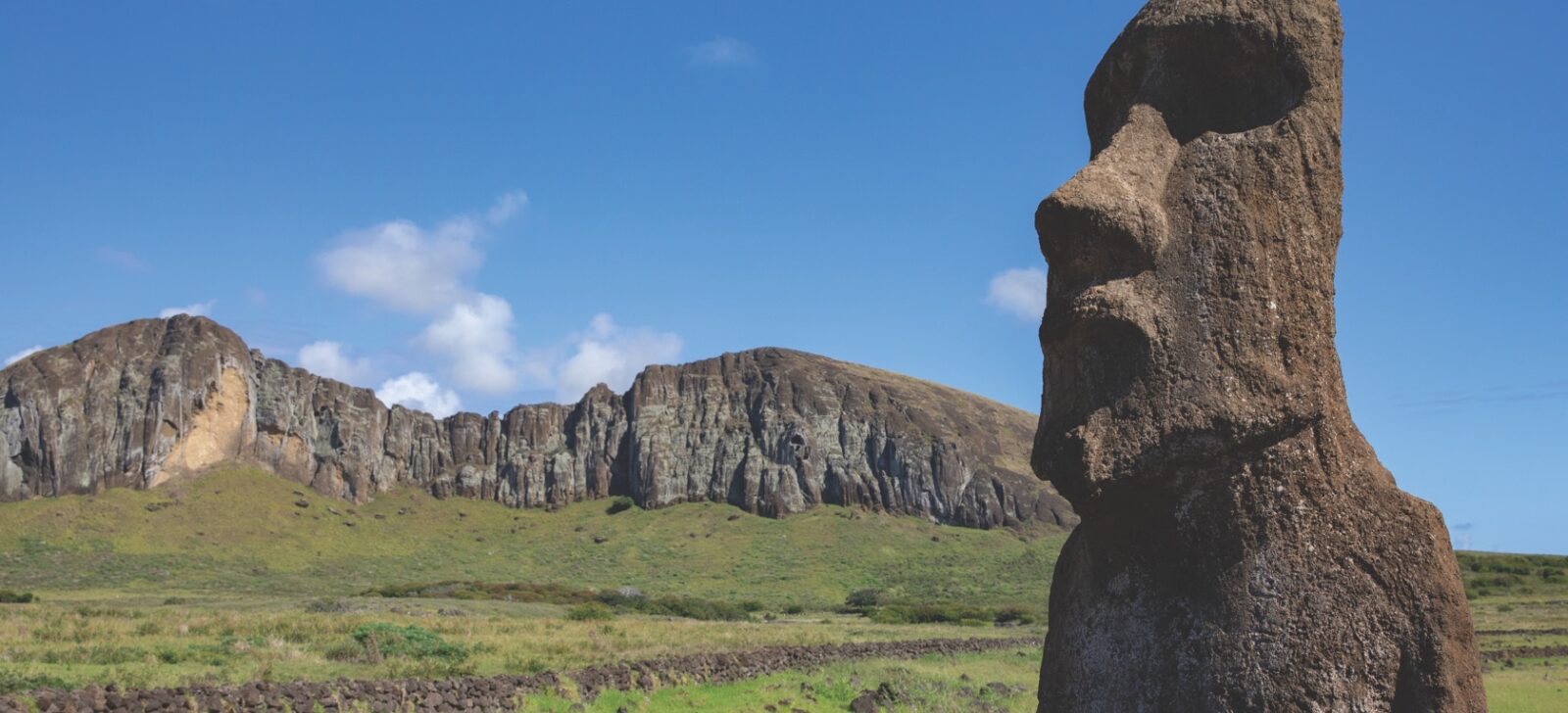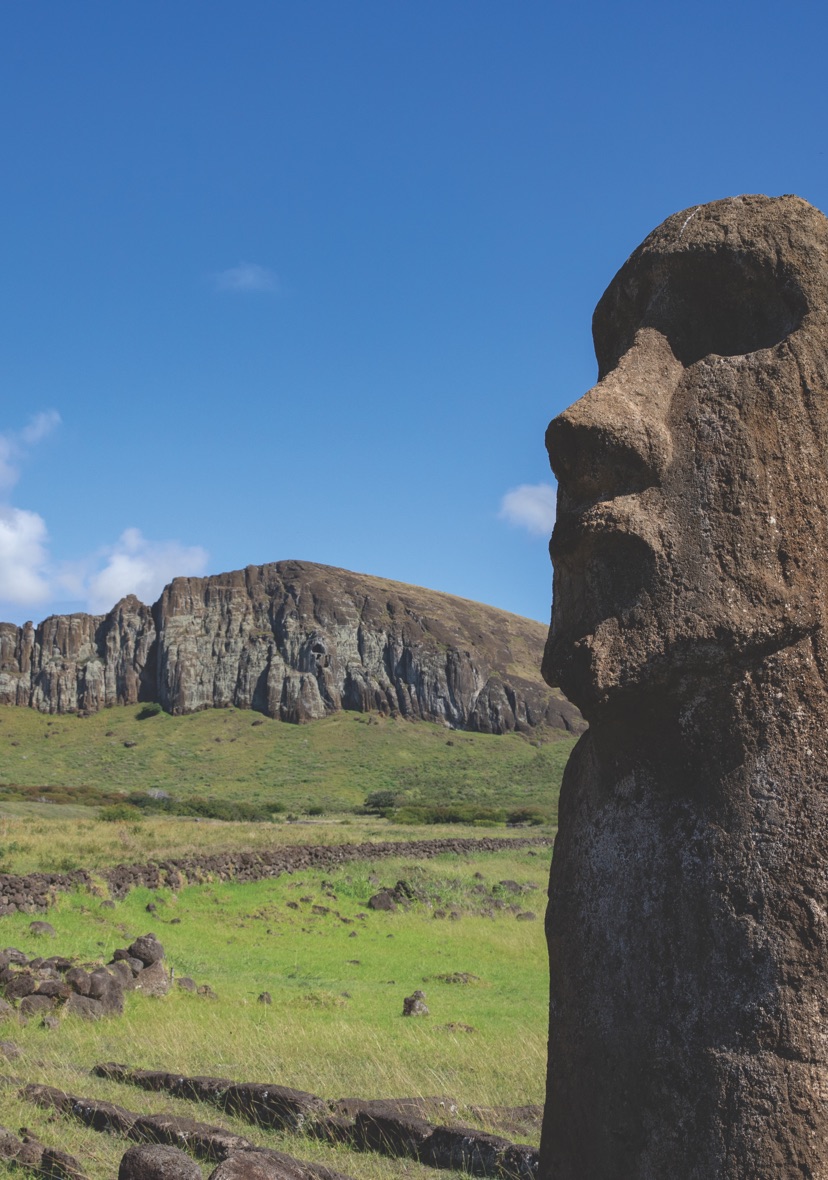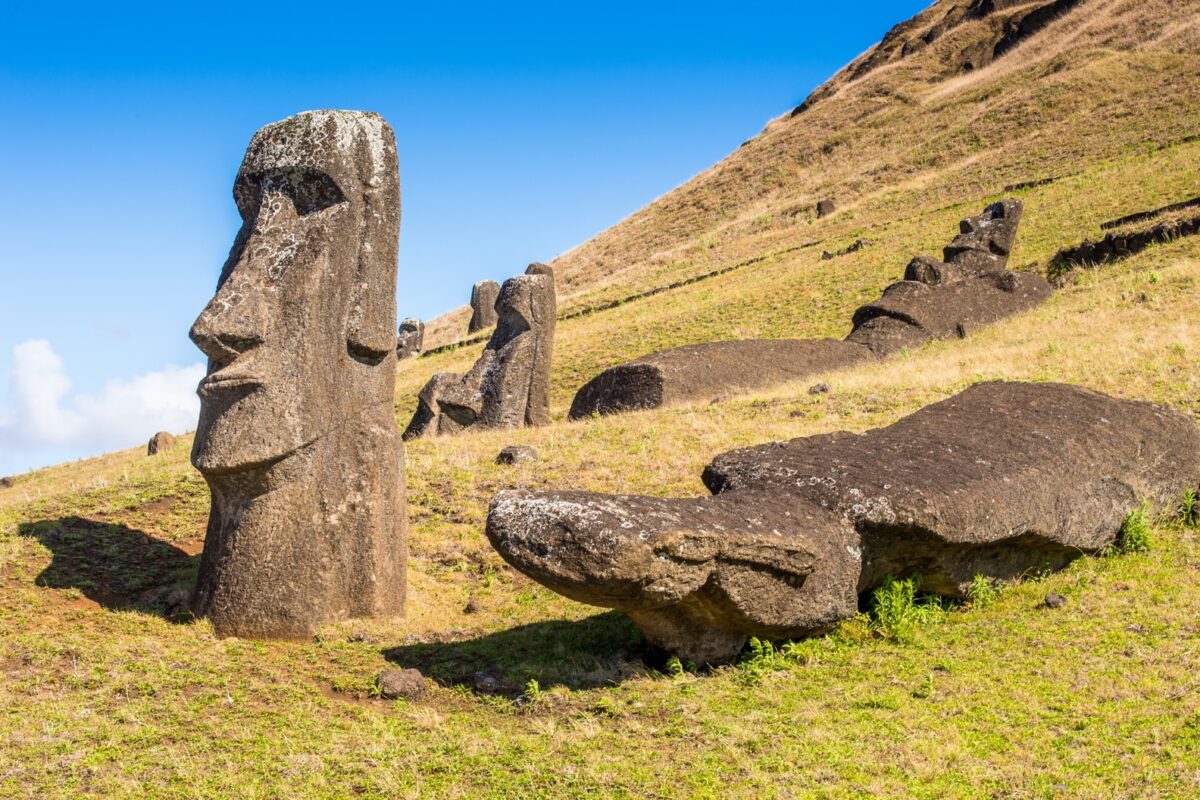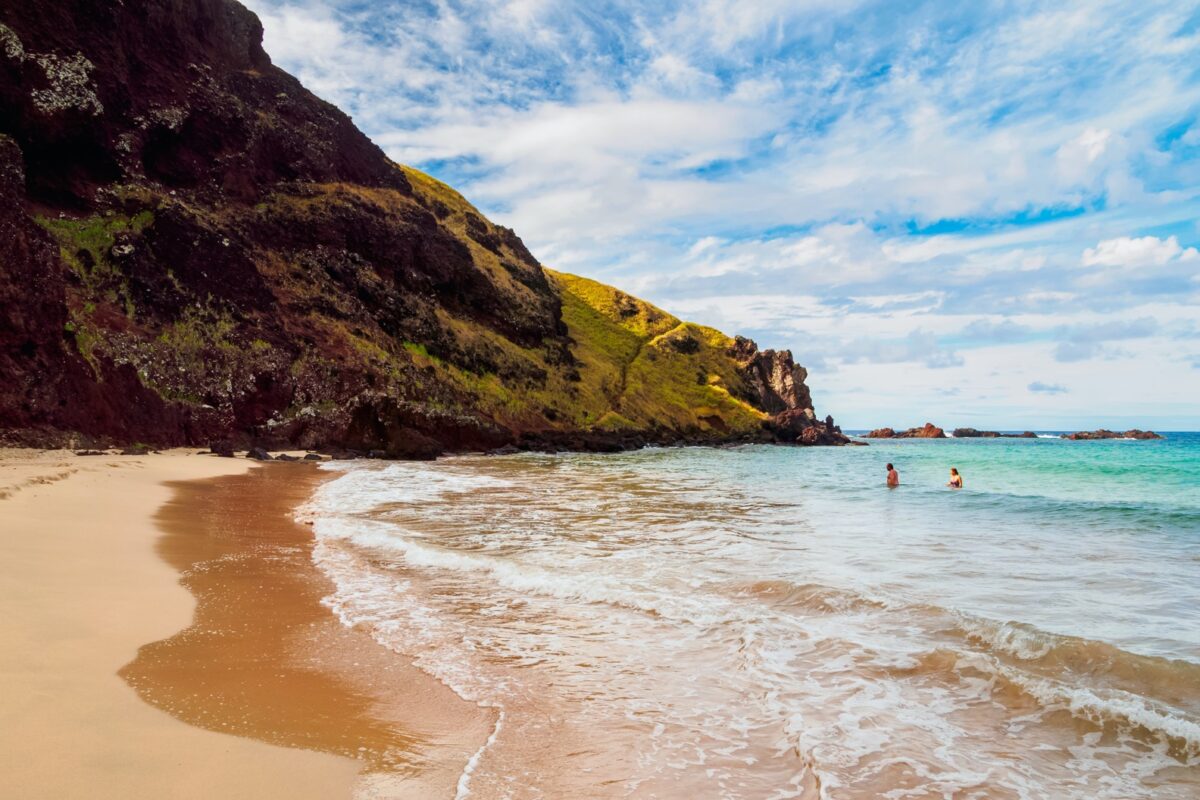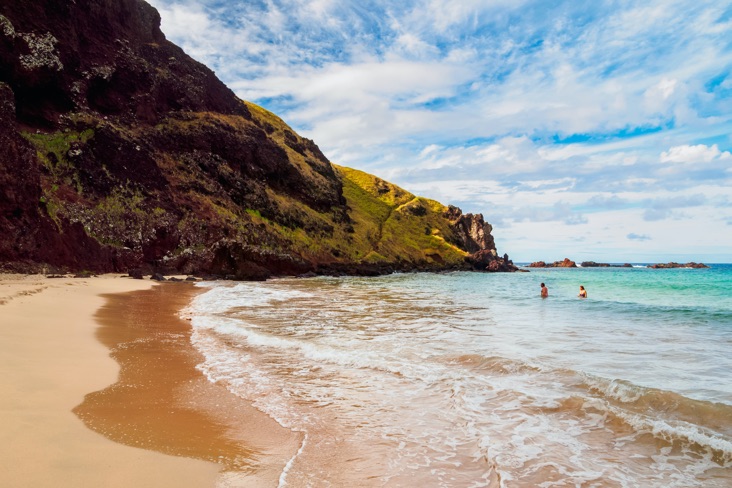Discovered by the Western world on Easter Sunday, 1722, Easter Island is one of the most isolated places on the face of the Earth, some 2,300 miles from the Chilean mainland. Although more Polynesian than South American in character, the 64-square mile island was annexed by Chile in 1888, and is now famous as the world’s largest ‘open air museum’ on account of the Moai, or human-like stone statues, that can be found on the island. The island’s national park has been declared a UNESCO World Heritage Site.
